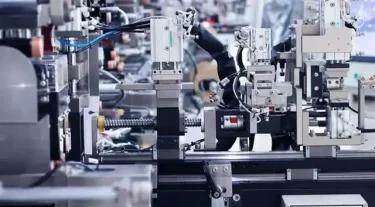
# Tape Production Techniques and Innovations
## The Evolution of Tape Manufacturing
Tape manufacturing has come a long way since its humble beginnings in the early 20th century. What started as simple adhesive strips has evolved into a sophisticated industry producing specialized tapes for countless applications. Modern tape production combines advanced materials science with precision engineering to create products that meet increasingly demanding performance requirements.
## Core Production Techniques
### Coating Methods
The foundation of tape manufacturing lies in the coating process. Three primary techniques dominate the industry:
- Direct coating: Where adhesive is applied directly to the backing material
- Transfer coating: Where adhesive is first applied to a release liner before being transferred to the backing
- Hot melt coating: Where thermoplastic adhesives are applied in molten form
### Drying and Curing
After coating, tapes undergo careful drying or curing processes. Solvent-based adhesives require extensive drying ovens, while UV-curable adhesives use specialized light-curing systems. The choice depends on the adhesive chemistry and desired tape properties.
## Recent Innovations in Tape Production
### Nanotechnology Applications
Improved Adhesion
Nanostructured adhesives inspired by gecko feet have led to tapes with remarkable dry adhesion properties that can be turned on and off mechanically.
Smart Tapes
Incorporating nanomaterials has enabled the development of tapes with novel functionalities like conductivity, thermal regulation, and even self-healing properties.
### Sustainable Manufacturing
The industry has made significant strides in developing eco-friendly production methods:
- Water-based adhesives replacing solvent-based systems
- Bio-derived raw materials reducing petroleum dependence
- Energy-efficient curing processes lowering carbon footprints
- Recyclable tape constructions
## Quality Control in Modern Tape Production
Advanced inspection systems now monitor tape production in real-time using:
- High-resolution cameras for defect detection
- Laser micrometers for precise thickness measurement
- Automated adhesion testers for consistent quality
## Future Trends
The tape manufacturing industry continues to innovate with several exciting developments on the horizon:
- 3D printable adhesive systems
- Biodegradable medical tapes
- Phase-change adhesive technologies
- AI-optimized production lines
As materials science advances and manufacturing technologies improve, tape production will continue to evolve, creating products with unprecedented performance characteristics for both industrial and consumer applications.
Keyword: tape manufacturing